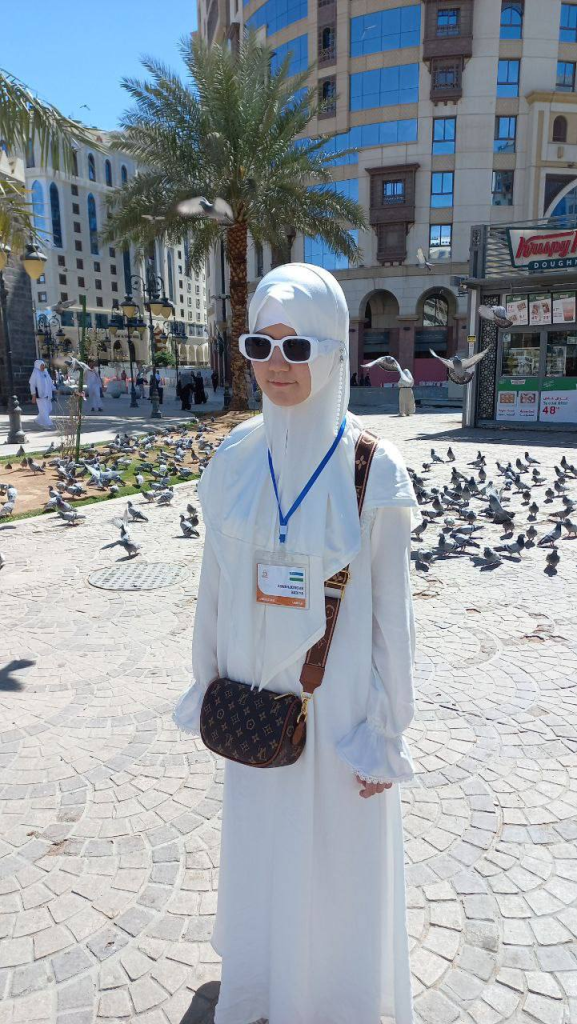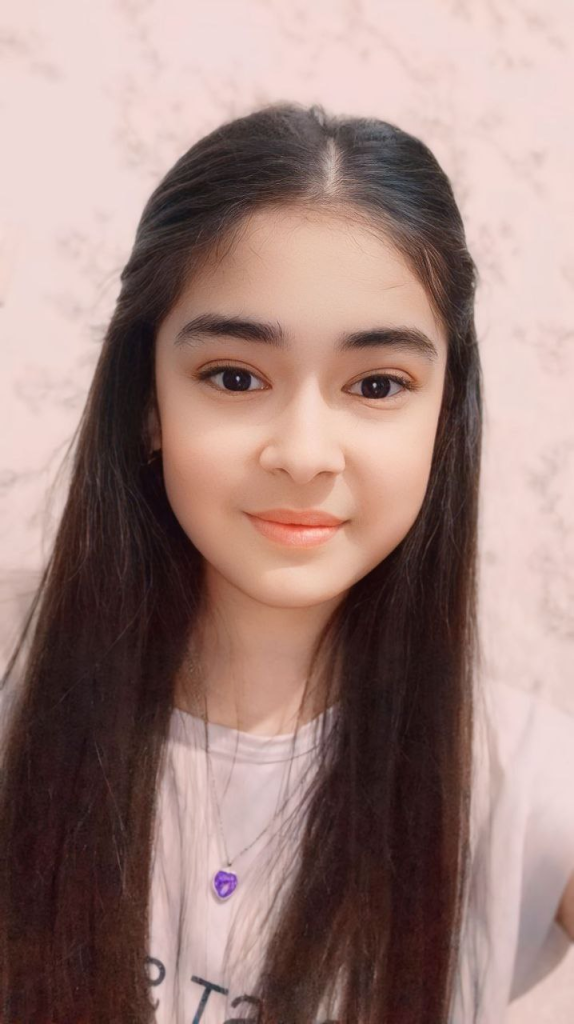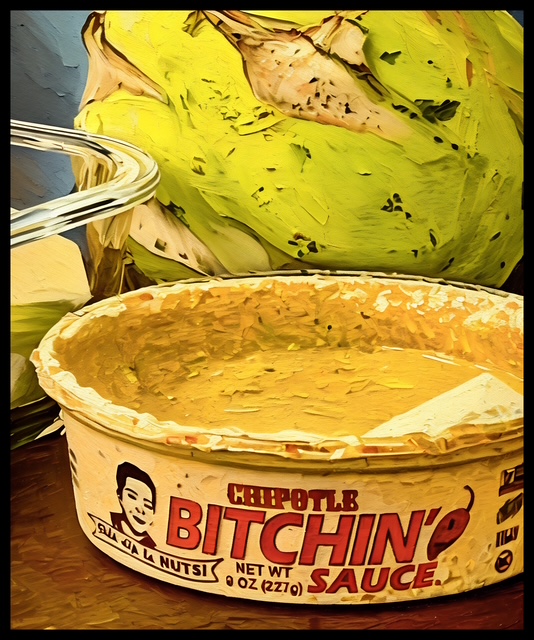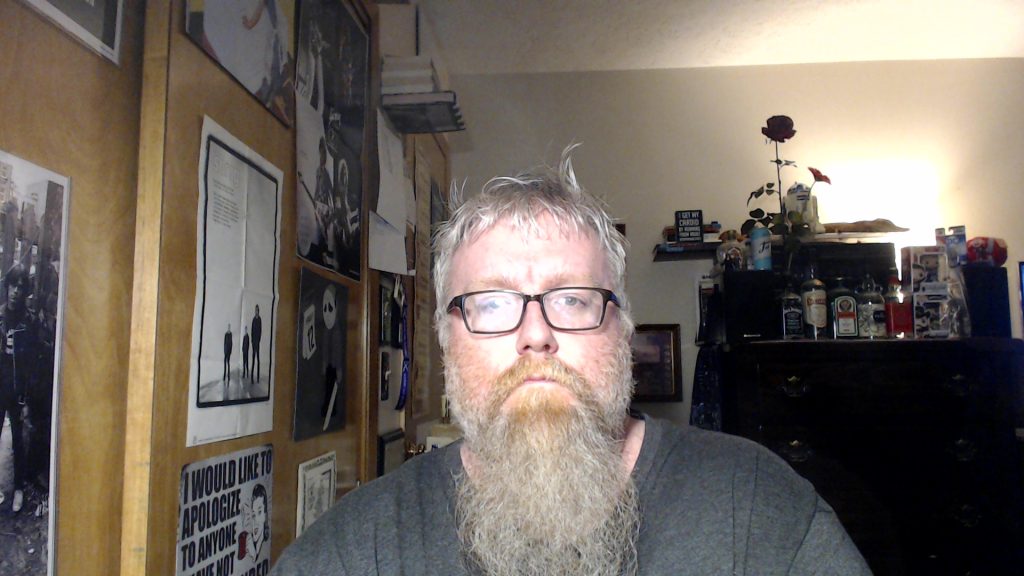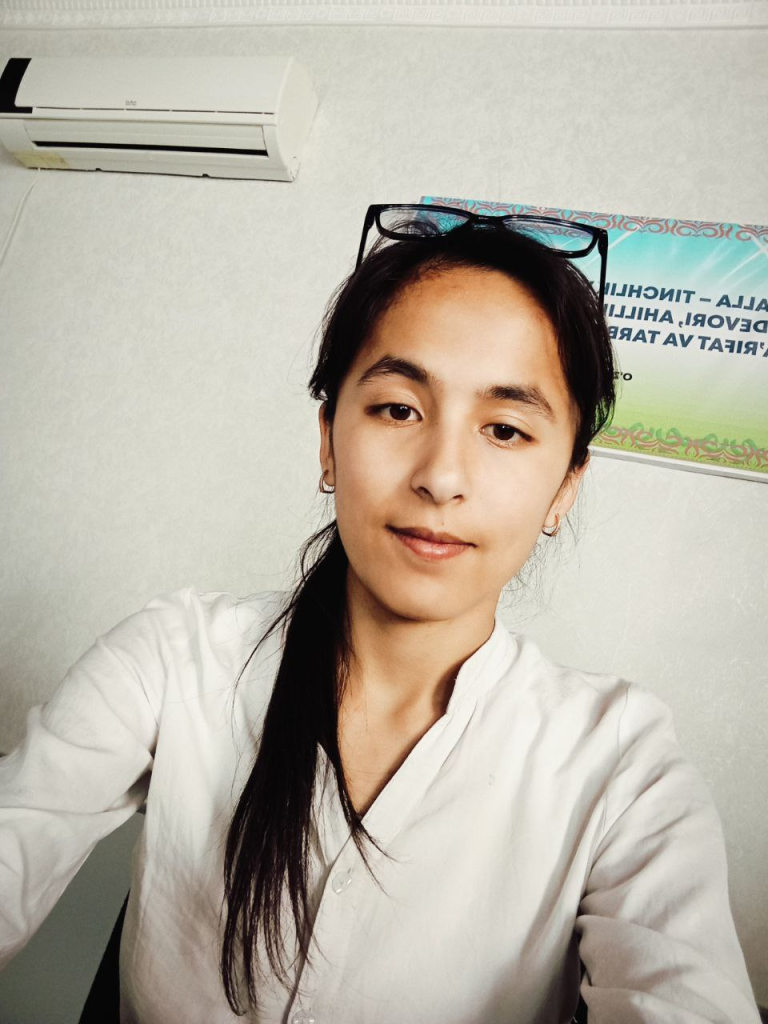
A TRUE FRIEND – THE MOST PRECIOUS TREASURE IN THE HEART
Shomurotova Sevinchoy
Urgench State Pedagogical Institute
Primary Education Department
4th-year student
Who is a friend? Every person thinks about this question at least once in their lifetime. For some, a friend is a companion in joy; for others – a shoulder in sorrow. In fact, friendship is an invisible yet strong bond between two hearts. This bond is not tied by interest, but by loyalty, trust, and affection.
Every person meets many acquaintances, peers, and colleagues throughout life. But not all of them can be called friends. Because friendship is a feeling that finds its way from heart to heart and is strengthened by loyalty, trust, and love. The value of friendship becomes especially clear in difficult times and during trials. A true friend cannot be bought with money – such a friend is found only through life’s challenges. A true friend is one of the rarest and most priceless gifts Allah grants to the human heart.
I can proudly say: I too have such a priceless gift – a true friend! Along with granting me the blessing of studying at a higher education institution, Allah also placed in my path a faithful, sincere, kind-hearted friend who is close to my heart. Throughout my life, I have met many people who claimed to be “friends.” Unfortunately, among them were many who wore the mask of friendship only for their own benefit – they were near in times of joy, but far away in sorrow. They stayed with me only until they reached their own goals and then moved on with their lives. However, when my student life began, a new chapter opened for me – in that chapter, I understood the true meaning of genuine friendship. Being a friend does not only mean walking beside someone – it means living in their heart, leaving a sincere and lasting mark on their soul. No matter how many definitions I give, it still doesn’t seem enough – because my dear friend Gulshoda is worthy of each and every one of them.
Gulshoda is one of the greatest blessings Allah has given me. She has always been by my side in any situation – rejoicing in my happiness, sharing in my sorrow, and even being happier than me in my successes. Every day spent with her is one of the brightest pages in my life. Always reminding me of Allah, bringing light into my heart, lifting my spirit with patience and faith in every difficult moment – this is my advisor, my beloved, my kind support: Gulshoda. She is not just a friend – she is Allah’s mercy gifted to me, one of the most beautiful human feelings that fills my heart.
True friendship is the greatest blessing and the biggest treasure in life. Such a friend doesn’t always have to be physically near – they live in your heart and are present in your prayers. If a person finds even one true friend in their lifetime, they are indeed very fortunate. And I consider myself one of those lucky people – because Allah gifted me with a friend like Gulshoda. I will cherish this friendship in my heart with love until the end of my life.
Stay healthy and happy always, my dear person – Gulshoda!


